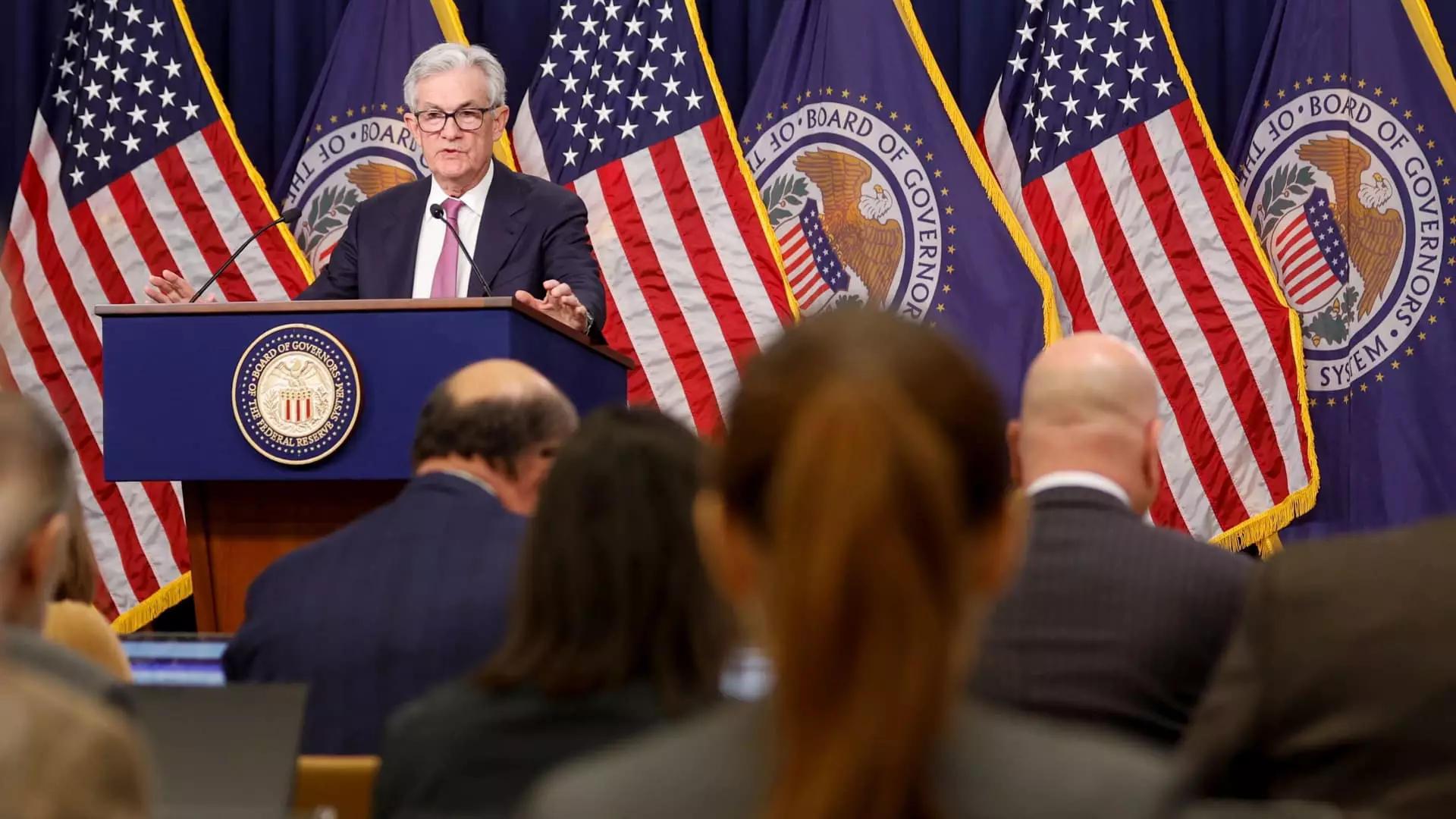In 2024, the Federal Reserve made headlines by cutting its interest rate target three times, leading many Americans to wonder if mortgage rates would follow suit. However, the reality is more complex than mere correlations between Fed policies and mortgage pricing. Jordan Jackson, a global market strategist at J.P. Morgan Asset Management, believes that prospective homeowners and those looking to refinance may need to temper their expectations. Instead of a significant decrease, Jackson predicts that mortgage rates might stabilize around six and a half to seven percent for the foreseeable future, leaving many disappointed who were hoping for relief in their housing costs.
Mortgage rates do not react solely to adjustments in the Federal Reserve’s interest rate policy; they are also significantly influenced by long-term borrowing costs as determined by government debt securities. In particular, the yield on 10-year Treasury notes has been on the rise, illustrating a shift in investor sentiment regarding anticipated fiscal policies likely to emerge from Washington. This impending fiscal expansion may have a lasting effect on borrowing costs across the economy, further complicating the outlook for mortgage rates.
Economists at Fannie Mae have noted that the Federal Reserve’s management of its mortgage-backed securities portfolio plays a crucial role in shaping current mortgage rates. During the pandemic, the Fed’s extensive asset purchases, particularly of mortgage-backed securities, were aimed at stabilizing the bond market by influencing supply and demand. This approach, referred to as quantitative easing, effectively narrowed the spread between mortgage rates and Treasury yields, making home loans more accessible.
However, this strategy, while beneficial at the time, came under scrutiny. Matthew Graham, COO of Mortgage News Daily, expressed concern over the aggressive tactics used by the Fed during this period, suggesting that such actions might have been excessive and could lead to longer-term repercussions in the housing market.
Fast forward to 2022, and the Federal Reserve initiated a strategic pivot towards reducing its asset holdings, a process termed quantitative tightening. By allowing these assets to mature and roll off its balance sheet, the Fed strived to tighten money supply and control inflation. However, this shift has not come without costs. George Calhoun, director of the Hanlon Financial Systems Center, articulated that this quantitative tightening could be exerting upward pressure on the spread between mortgage rates and Treasury yields, exacerbating the already challenging landscape for potential borrowers.
As the Federal Reserve navigates its monetary policy, potential homebuyers and those considering refinancing will need to stay attuned to the evolving economic landscape. With lingering pressures from both the bond market and fiscal policy adjustments, the journey ahead appears rife with uncertainty. The interplay between Fed actions, investor sentiment, and economic indicators will undoubtedly shape the future of mortgage rates, challenging homeowners to adapt to a new normal. Ultimately, while the hope for lower rates persists, understanding these underlying factors is crucial in navigating the complexities of the housing market.

